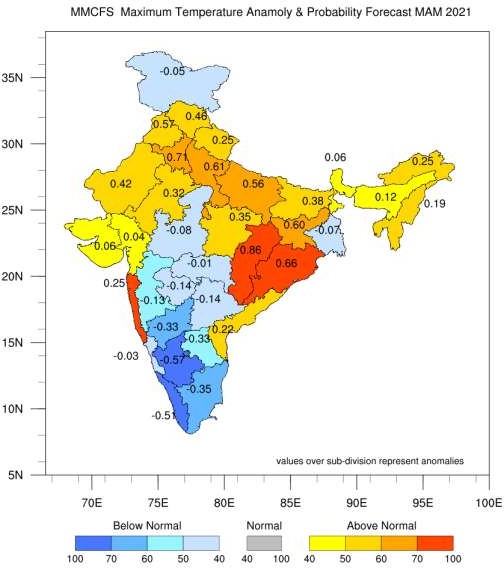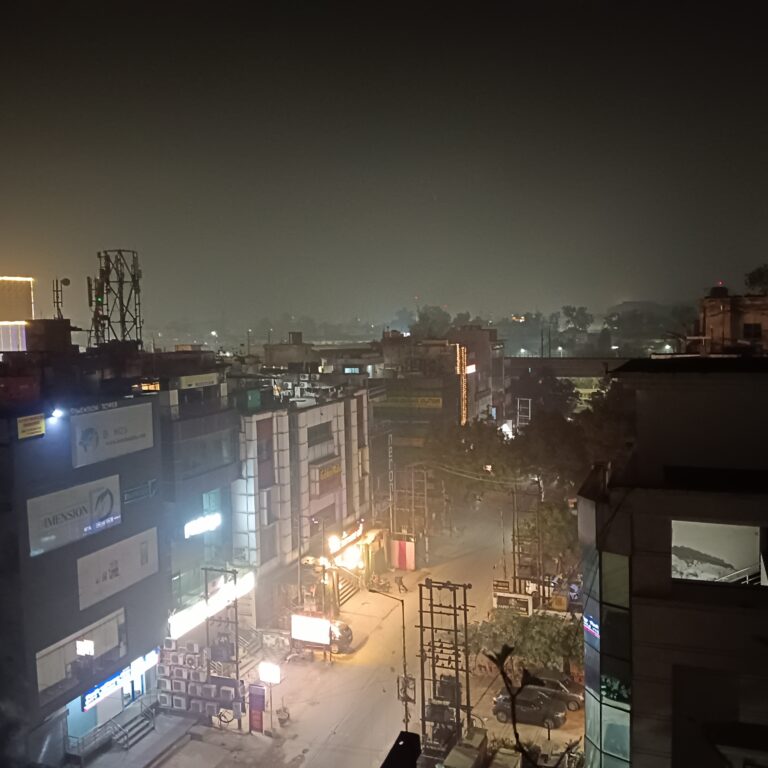
New Delhi: The National Weather Forecasting Centre of the India Meteorological Department (IMD)on March 1, 2021, issued heat wave warnings for next 5 Days. It stated that maximum temperatures were currently 3-6°C above normal over north and central parts of India including East Rajasthan, Haryana, Chandigarh and Delhi, Uttar Pradesh, east Vidarbha, Madhya Pradesh, Chhattisgarh, Odisha, Bihar, Jharkhand and Gangetic West Bengal.
On March 1, Akola in Vidarbha (Maharashtra) recorded the highest temperature of 38.9°C . Temperatures recorded at 1430 hours IST of March 1 had risen by 1-2°C at many places over Sub-Himalayan West Bengal, Sikkim, Assam and Meghalaya; at a few places over Jammu and Kashmir and at isolated places over Punjab, West Rajasthan, Saurashtra & Kutch, Madhya Pradesh, Bihar, Jharkhand, Vidarbha, Tamilnadu and Odisha .
It is likely to fall by 1-2°C over Northwest and adjoining Central India during next 2 days (01st-03rd March), the Centre stated adding that there would be no significant change in maximum temperatures over rest parts of the country.
Heat wave is considered if maximum temperature of a station reaches at least 40°C or more for Plains, 37°C or more for coastal stations and at least 30°C or more for Hilly regions. Following criteria are used to declare heat wave:
a) Based on Departure from Normal
Heat Wave: Departure from normal is 4.5°C to 6.4°C
Severe Heat Wave: Departure from normal is >6.4°C
b) Based on Actual Maximum Temperature (for plains only)
Heat Wave: When actual maximum temperature ≥ 45°C
Severe Heat Wave: When actual maximum temperature ≥47°C
To declare heat wave, the above criteria should be met at least in 2 stations in a Meteorological sub-division for at least two consecutive days and it will be declared on the second day.

Meanwhile, during the upcoming hot weather season (March to May), above normal seasonal maximum temperatures are likely over most of the subdivisions of north, northwest and northeast India, few subdivisions from eastern and western parts of central India and few coastal subdivisions of north peninsular India. However, below normal seasonal maximum temperatures are likely over most of the subdivisions of south peninsula and adjoining central India.
– global bihari bureau





